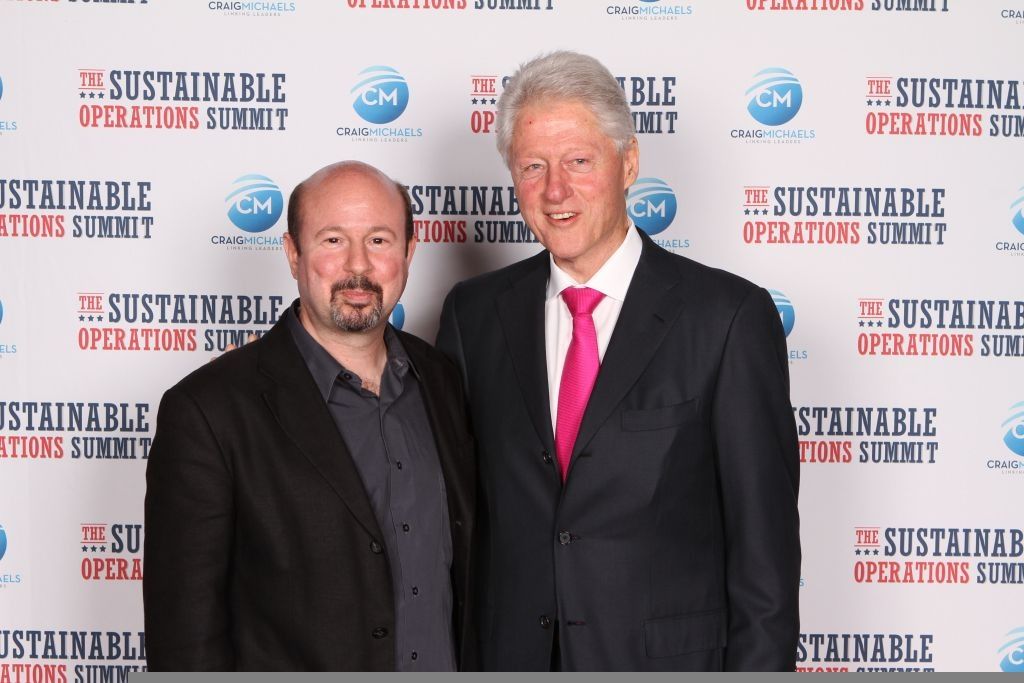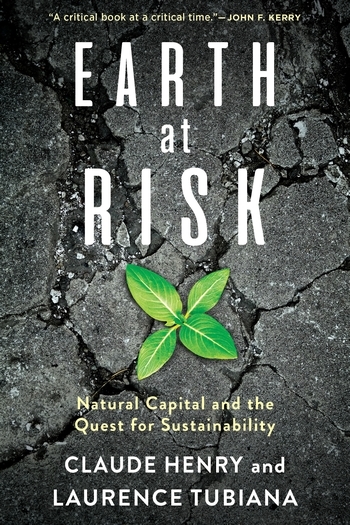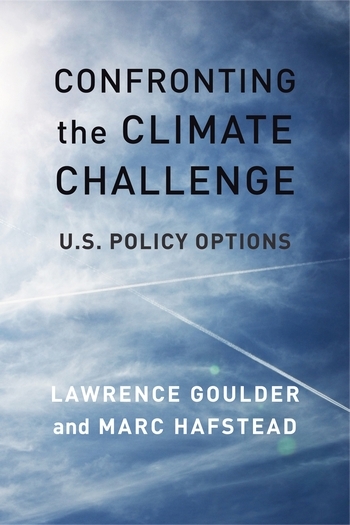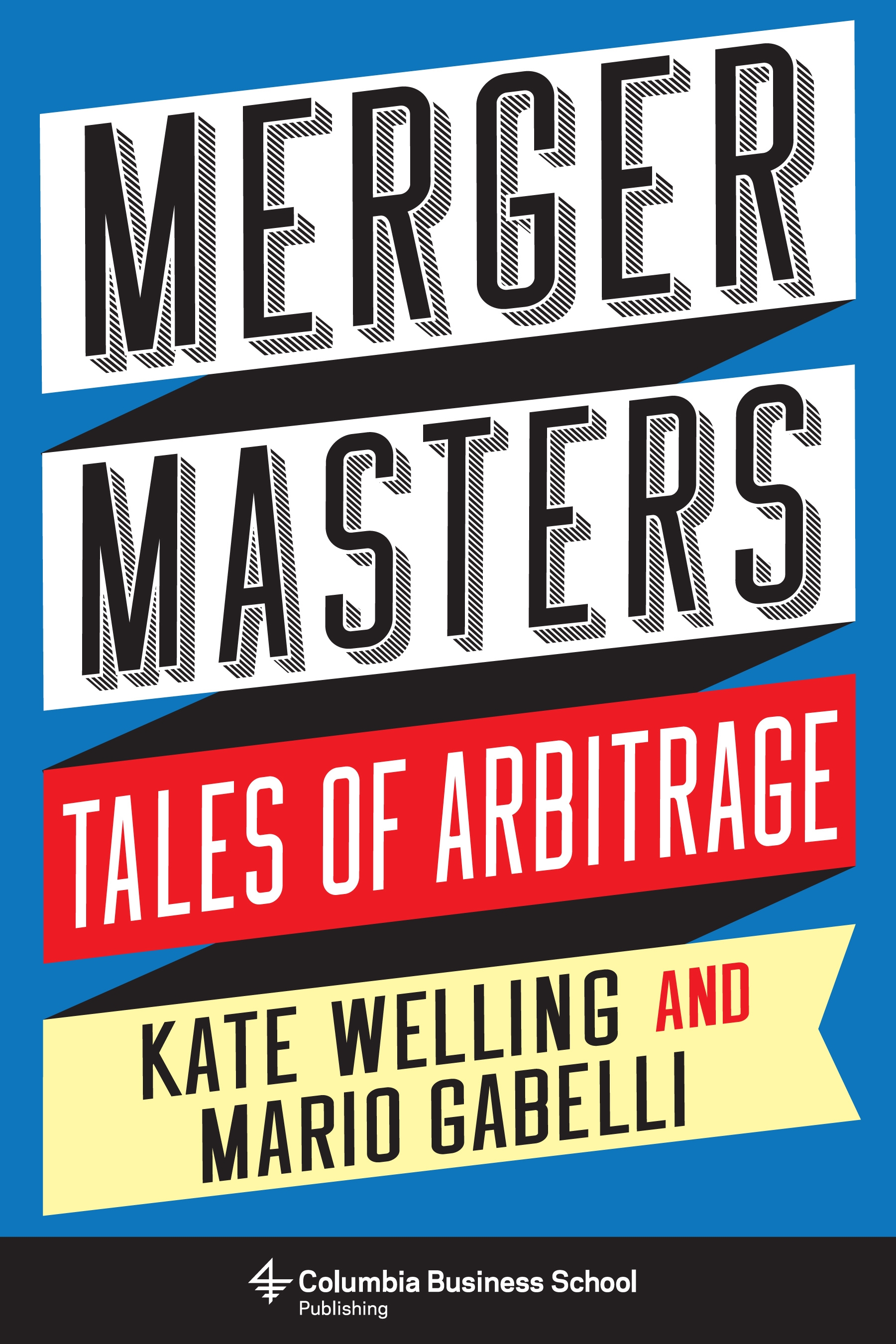Earth Day 2012: Part 1 of an Interview with Michael E. Mann
April 22 was Earth Day, and in honor of the occasion, we will be running a series of posts over the course of this week by authors of our environmental studies titles. These articles will cover a wide range of topics relevant to the study of the earth and the environment, from global climate change to the effects of economic development on the environment in China.
The first post in our Earth Day 2012 blog series is part one of a two-part Q&A with climatologist Michael E. Mann, author of The Hockey Stick and the Climate Wars: Dispatches from the Front Lines. Mann is the scientist responsible for the famous “Hockey Stick Graph” that shows how recent global temperature rises have coincided with increased industrial development. Read part two of the interview here.
Q: What is the Hockey Stick?
Michael E. Mann: The “Hockey Stick” is a graph that my colleagues and I published in the late 1990s depicting estimated changes in the average temperature of the Northern Hemisphere over the past thousand years. The graph shows a long-term decline from relatively warm conditions during Medieval time into the colder conditions of the Little Ice Age (the “handle”), followed by the abrupt warming of the past century (the “blade”). The Hockey Stick was featured in the 2001 IPCC (Intergovernmental Panel on Climate Change) report Summary for Policy Makers, which helped to establish it as an icon in the debate over human-caused climate change. The graph told a simple story: that a sharp and highly unusual rise in atmospheric warming was occurring on Earth. Furthermore, that rise seemed to coincide with human-caused increases in greenhouse gas levels due to the burning of fossil fuels.
Q: Why has it generated so much controversy?
M.E.M: The controversy that the hockey stick ultimately generated had little to do with the depicted temperature rise in and of itself. Rather, it was the beginning of what became a pattern. Vested interests, including a handful of companies in the fossil fuel industry, perceived this graph as a threat because it was easy to understand and clearly showed through the rapid rise of temperatures in the last 100 years that our climate is changing due to human interference. It’s understandable that the fossil fuel industry, which is among the largest and most deeply embedded industries in history, would seek to discredit science it perceived as a threat to its short-term interests. But the dishonest attacks on science and scientists are unacceptable. Oil and coal have been very good to us–they have enabled dramatic economic growth in our country and around the world. But now we know that continued reliance on fossil fuels will come at the price of a changing climate. To their credit, some energy and fossil fuel companies understand this and have backed away from attacks on climate science. But others have stepped in to take their place. And the ideological groups and politicians they fund who are opposed to action on climate change have continued to attack me and my research.
Q: What is it like as a scientist to find yourself embroiled at the center of the debate over human-caused climate change?
M.E.M: It is somewhat surreal. As an aspiring scientist, one never imagines that he or she will eventually find themselves at the center of a raging storm of controversy. Unfortunately, it is a fact of modern life that science, like so much else in our culture, has become increasingly politicized. Scientific findings that prove inconvenient to vested interests are often viciously attacked, in a very public and personal way. And thus it was with our “hockey stick” graph. As a scientist subject to such attacks, I have learned to develop a thick skin. I understand that the attacks are not really about me, but instead about the threat that our findings represent to fossil fuel industry special interests. One scientist who was a real role model for me, the late Stephen Schneider, took me aside a decade ago when the attacks were beginning to ramp up. He explained to me that I should wear these attacks as a badge of honor, that they were really a testament to the importance of my scientific work
Q: What have you learned from the experiences you’ve been through? What is it like as a scientist to be in the public eye?
M.E.M: I was a reluctant public figure, thrust into the spotlight by circumstances beyond my control. But I have ultimately embraced that role. I can think of nothing more important as a scientist working on a societally important problem to be doing all I can to inform the public discourse, to make sure that the actions we choose to take as a society to confront global environmental threats are informed by the best possible science and an honest discussion of our options and their implications. In this sense, my experiences have transformed me into a different person–I like to think for the better.
Q: Why is the science of climate change under attack? Who is at the center of the attacks?
M.E.M: Human-caused climate change is an inopportune fact for those who profit greatly from the unfettered burning of fossil fuels. A combination of major fossil fuel interest groups such as ExxonMobil and the American Petroleum Institute, and–increasingly–powerful private interests allied with the fossil fuel industry such as Koch Industries and the Scaife Foundations, have spent millions of dollars funding a propaganda campaign aimed at convincing the public that the underlying science is fatally flawed and uncertain, and that taking action to combat climate change will bankrupt our economy. Neither is true, but a well-known lesson of politics is that a lie repeated often enough is often accepted as truth. Thus, by funding an elaborate echo chamber for trumpeting their claims, these groups have successfully clouded the public’s understanding of the problem and the threat.
Q: What can we do about climate change? What should we do?
M.E.M: Scientists who study climate change impacts generally believe that the overall warming of the globe should be limited to no more than about 2 degrees C (3.5 degrees F) relative to the pre-industrial (i.e., early 19th century) if we are to avoid what might reasonably be described as “dangerous human impacts” on our climate. We have already warmed about 1C, and another 0.5C is already in the pipeline due to the lagging response of the climate to historical emissions. That total warming of 1.5C (about 3F) is thus called the “committed warming”—we will have to deal with it no matter what, which means we already have to take steps to adapt to some amount of overall climate change, which involves protecting coastlines from inundation from rising seas, shifting farming patterns to adjust crops, rotation patterns, etc. to warming temperatures and shifting rainfall patterns, among other things.
To avoid breaching 2C there obviously isn’t much wiggle room. We likely must avoid exceeding 450 parts per million of CO2 in the atmosphere, and we’re already at about 390 ppm and increasing at 2-3 ppm per year. So avoiding “dangerous” warming of 2C (3.5F) means bringing fossil fuel emissions to a peak within less than the next decade, and ramping emissions down to near zero by the end of the century.
How we choose to achieve these reductions is of course a matter of policy–which is not my expertise. But it must be informed by science–and the science tells us that we are in the process of creating profound changes in our climate that are likely to be detrimental to civilization and indeed the planet, if we continue on our current course. As a father of a six-year-old daughter, I feel we are ethically bound to not pass that legacy along to her and her children.
Part two of the interview
1 Response
Leave a Reply
You must be logged in to post a comment.









Michael E. Mann is a hero.